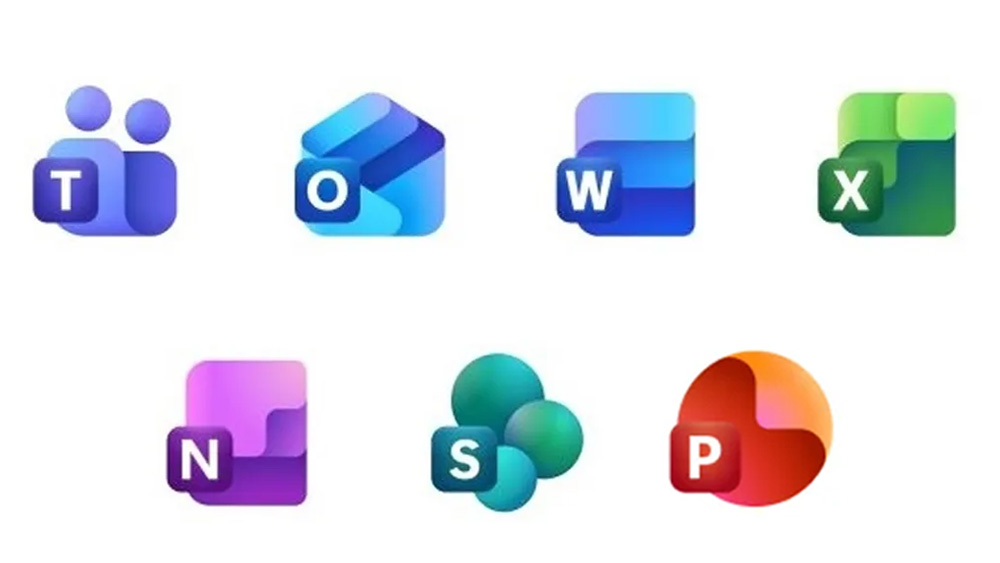The Rise of AI Dolls: A Trend with Hidden Concerns

As you scroll through your social media feeds lately, you might have noticed something quite peculiar: friends and family transformed into miniature versions of themselves, often resembling action figures or dolls. This trend, which relies on generative artificial intelligence (AI) tools like ChatGPT and Microsoft Copilot, has gained immense popularity, allowing users to create their own personalized mini-me dolls. While it may seem like harmless fun, experts are raising alarms about the underlying issues associated with this latest fad.
So, how exactly does the AI doll generator function? On the surface, the process appears straightforward. Users begin by uploading a photograph of themselves to an AI tool, accompanied by detailed written prompts that describe how they envision their final product. These prompts play a crucial role, dictating everything from the specific items that should accompany the doll to the type of packaging that should be usedoften mimicking well-known toy brands like Barbie.
Upon receiving their AI-generated dolls, many individuals take it a step further, adding personalized touches such as their name, occupation, and clothing preferences. However, the technology is not infallible; it often produces results that are amusingly inaccurate, leading to shared laughter as users showcase the discrepancies between their real selves and their AI counterparts.
This trend is not limited to everyday users; numerous brands have also embraced it, including beauty giant Mario Badescu and even Royal Mail, which have created their own versions of these digital dolls.
But what drives this sudden surge in popularity? Trends come and go, yet the fear of missing out (FOMO) can be a powerful motivator for many. Jasmine Enberg, a principal social media analyst at eMarketer, explains that generative AI significantly streamlines the content creation process, enabling users to engage with trends more swiftly than ever. However, this rapid pace can also lead to quicker frustration among social media audiences. Enberg predicts that as generative AI becomes an integral part of our digital experience, we will see more AI-driven trends surfacing across various platforms.
While the light-hearted nature of the AI doll trend may be enticing, it is not without its drawbacks. Critics are sounding the alarm over the potential environmental impact of these technologies. Professor Gina Neff from Queen Mary University London recently pointed out that tools like ChatGPT consume an astounding amount of energy, with the data centers powering them using more electricity annually than 117 countries combined. Lance Ulanoff, the US editor of TechRadar, humorously remarked, We have a joke in my house that every time we create one of these AI memes, it kills a tree. While this may be an exaggeration, it underscores the need for more awareness regarding the environmental implications tied to AI content generation.
Moreover, there are significant concerns surrounding copyright issues. Critics argue that the AI technology generating these images may rely on copyrighted data without proper compensation to the original creators. Professor Neff voiced her apprehensions, stating, ChatGPT Barbie represents a triple threat to our privacy, our culture, and our planet. While the personalization may seem enjoyable, these systems are carelessly merging brands and characters without accountability for the outcomes. Jo Bromilow, director of social and influencer strategy at PR and creative agency MSL UK, posed an important question: Is a cute, funny result really worth it? She emphasizes the importance of establishing ethical guidelines to ensure responsible use of AI technology.
In an effort to better understand this AI doll phenomenon, I decided to test the waters myself. Following a suggested prompt I found online, I uploaded a selfie along with a detailed list of my desired specifications, including the color of the packaging and any accessories I wished to include. The process of generating a pocket-sized, plastic-packaged version of myself was intriguing, albeit time-consuming as I refined the final look.
























